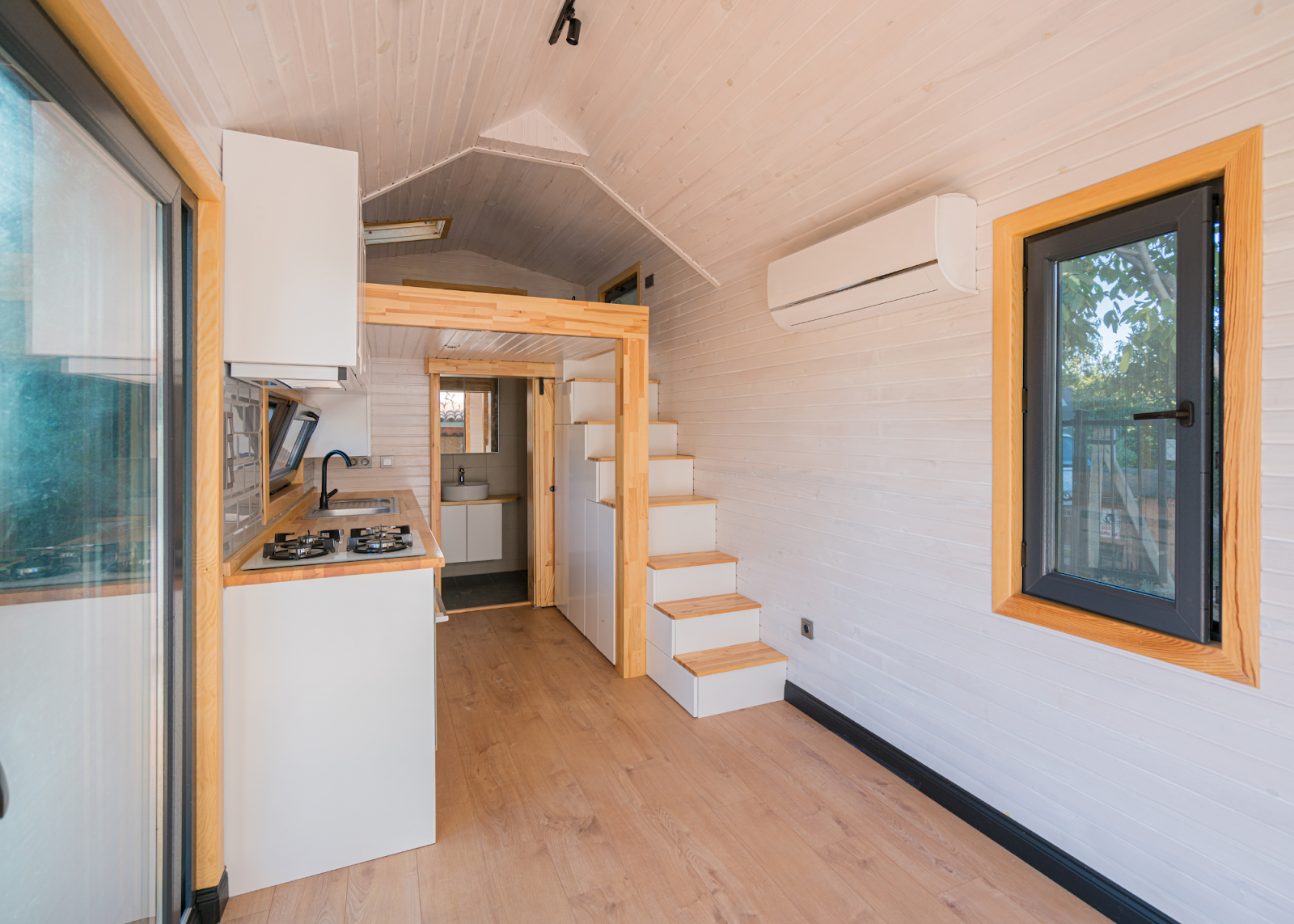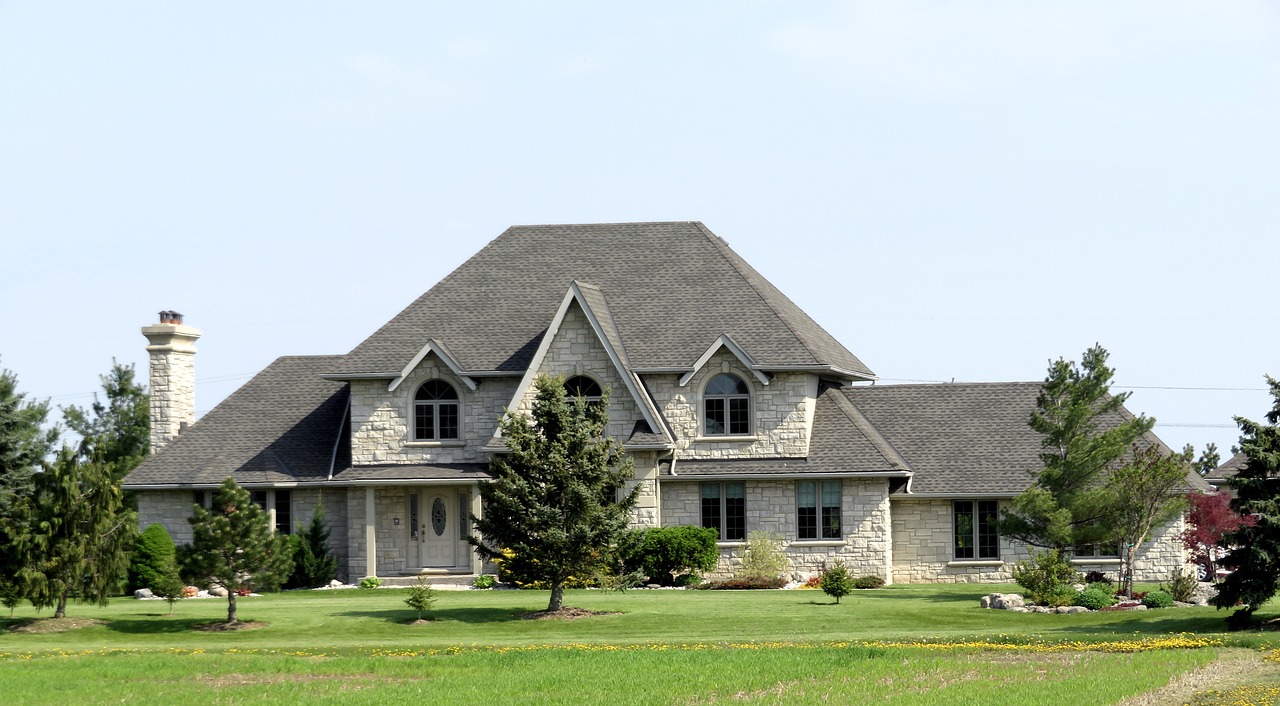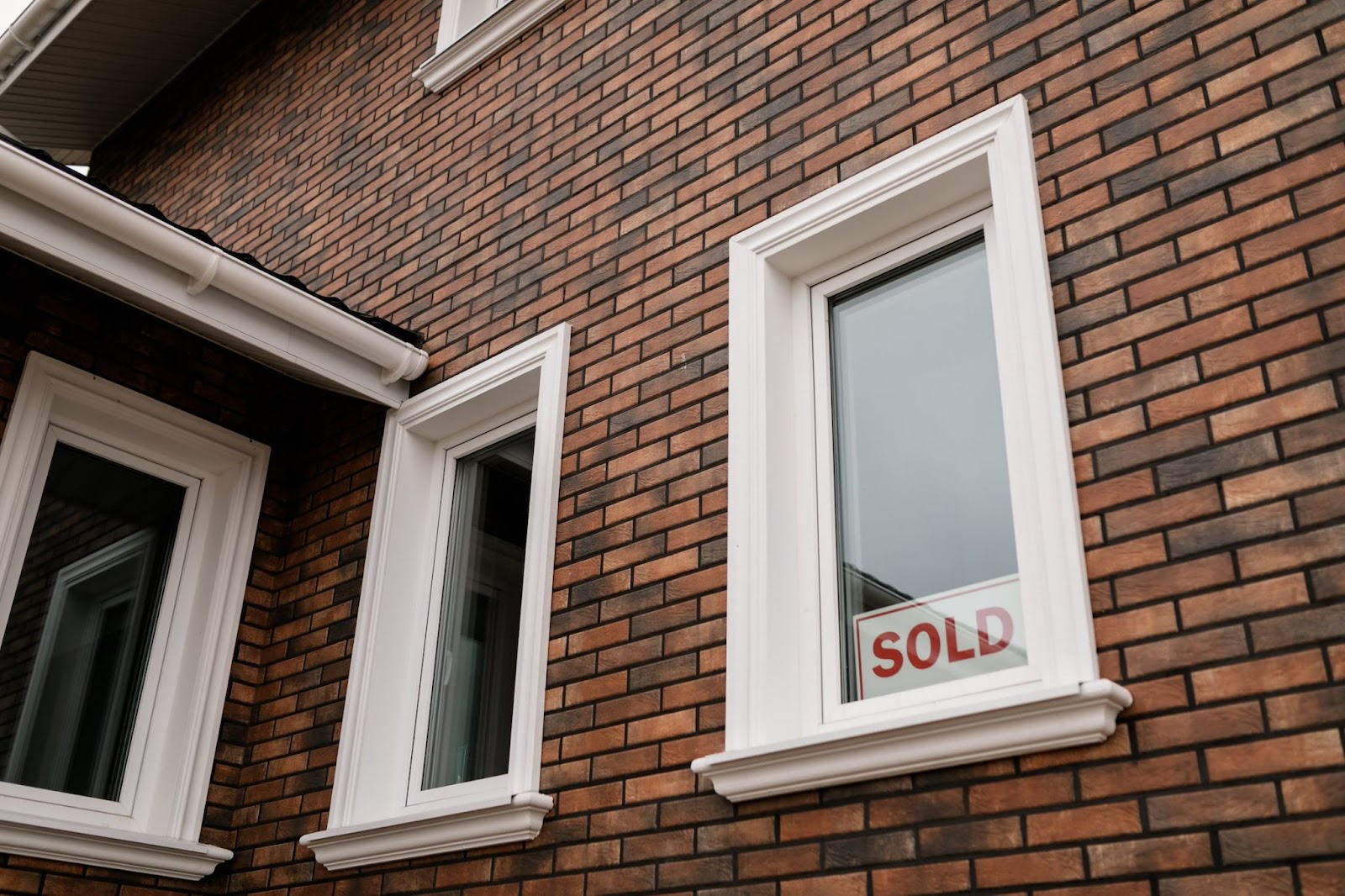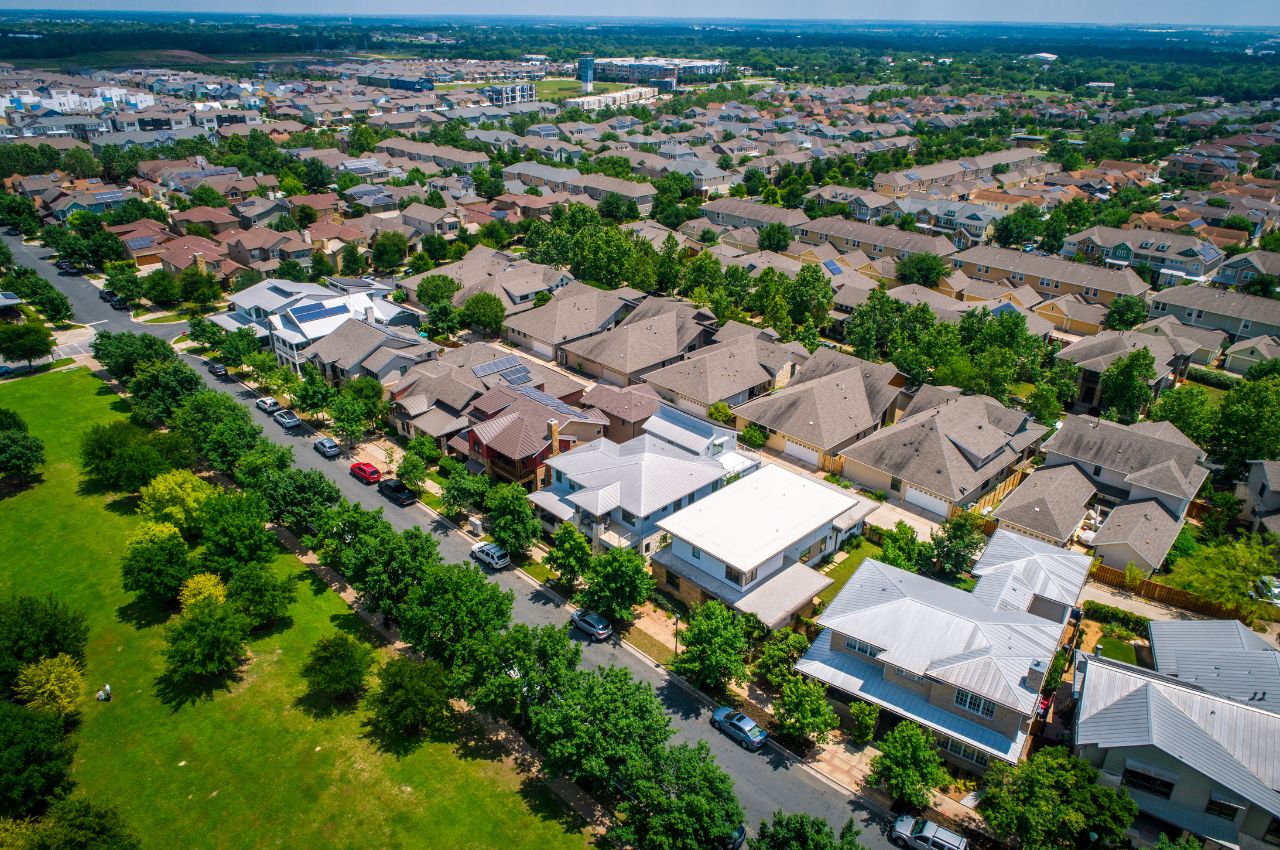In an unprecedented downturn, pending home sales have plummeted to their lowest levels since records began. This surpasses even the decline seen during the financial crisis over a decade ago. October witnessed a 1.5% drop in pending home sales from September, marking a significant downturn in the housing market.
Pending home sales, a critical indicator of the real estate market’s health, measure the number of signed contracts on existing homes. This decline, as reported by the National Association of Realtors (NAR), is alarming as it indicates a more severe slump than was observed during the financial crisis. Sales have fallen 8.5% compared to October of the previous year, highlighting a worrying trend in the housing market.
This index is particularly significant as it provides the most recent insight into housing demand. It reflects the activity of buyers who were active in October, a period when the 30-year fixed mortgage rate unexpectedly soared above 8%. Although rates have somewhat decreased to around 7.3%, the impact on buyer behavior has been notable.
According to Lawrence Yun, chief economist for the NAR, the recent decrease in mortgage rates should theoretically make it easier for more potential buyers to qualify for home purchases. However, the stark reality is an extremely low supply of homes for sale is a factor dampening market activity. Yun emphasized that the limited inventory results in multiple offers on available properties, leading to many potential buyers continuing their search due to unsuccessful bids.
Various regions have been observed exhibiting this decline in pending sales, with the most pronounced drop in the West, where home prices are typically the highest. The only exception to this trend was noted in the Northeast. However, on a year-over-year basis, sales declined in every region.
This supply-demand imbalance is maintaining pressure on home prices. Despite the decline in sales, home prices continue to reach new highs and even seem to be accelerating. Price pressure is particularly noticeable in the high-end market segment. Homes priced above $750,000 have seen an increase in sales, primarily due to the greater availability of inventory in this price range.
The housing market’s current state is complex. While high mortgage rates are certainly a deterrent for many buyers, the low supply of homes is an equally significant barrier. Tight inventory, coupled with sustained demand, has led to a continued escalation in home prices, making affordability a critical issue for many potential buyers.
This situation poses a challenge for policymakers and industry stakeholders who are struggling with how to stimulate the market while also ensuring affordability. The recent decrease in mortgage rates may provide some relief, but it is clear that addressing the supply issue is crucial for the health and stability of the housing market.
Record declines in pending home sales are a stark indicator of the challenges facing the housing market today. With sales dipping below levels seen during the financial crisis and home prices continuing to rise, the market is in a state of flux. Coming months will be crucial in determining whether these trends will stabilize, worsen, or improve, as the industry and potential homebuyers alike navigate these uncertain times.














































































































































































































































































































